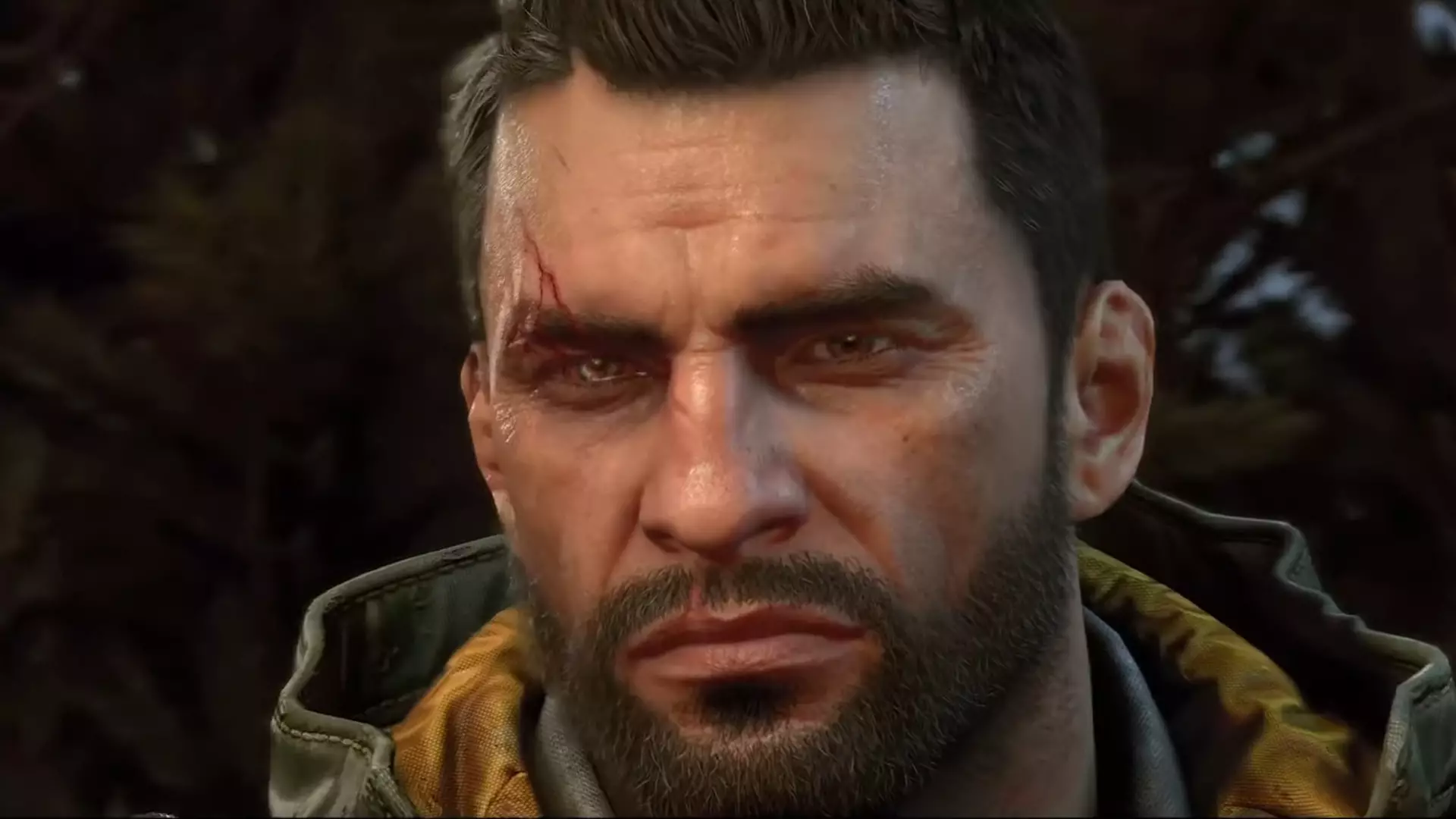Dying Light: The Beast takes a bold stand against the prevailing notion that bigger always means better when it comes to open-world gaming. In a recent exchange with GamesRadar+, Tymon Smektala, the franchise director of Dying Light, candidly articulated a philosophy that could redefine expectations for immersion in such environments. The crux of the argument? It isn’t the geographical size of an open world that matters but rather the authenticity and depth that players feel while navigating it. The meticulous design that Techland invests in crafting their environments makes them feel more like immersive experiences rather than mere playgrounds devoid of life.
When compared to other open-world titles, which often feature sprawling yet lifeless landscapes with mere hubs of activities scattered throughout, Dying Light aims to create a more engaging and interactive ecosystem. Smektala’s perspective is particularly compelling, arguing that real engagement comes from a world that’s densely packed with things to do and experience, countering the empty expanses found in many other franchises. This desire for continuous engagement delivers a substantial payoff for players who thrive on interaction and dynamism.
Intense Engagement and Ongoing Challenges
The urgency of survival in a zombie-infested world sets a dramatic backdrop for gameplay that refuses to let boredom creep in. This distinctive setting is not merely a stylistic choice; it becomes a core mechanic fueling an environment where danger is ever-present. Dying Light: The Beast capitalizes on the unpredictability of encounters, whether against hordes or singular foes. The constant threat of engagement ensures that players remain on their toes, fostering an atmosphere where exploration feels genuinely perilous and rewarding.
Furthermore, the tactile quality of the fast-paced, melee-focused combat helps ground players in this vibrant yet treacherous world. As opposed to simply traversing a landscape, players are compelled to interact with their environment on multiple levels—climbing walls, crafting weapons, and confronting foes all contribute to a visceral experience that highlights the crucial relationship between environment and action.
Learning from Past Mistakes
As anticipation builds around the release of Dying Light: The Beast, it’s clear that Techland is not just resting on the laurels of past successes. Rather, they acknowledge the missteps encountered in Dying Light 2 and are committed to correcting these errors to enhance user experience. This proactive approach reveals a maturity in game development that prioritizes player feedback and incorporates lessons learned into future iterations. Embracing both successes and misfires positions the franchise not just as a series but as an evolving narrative that continues to grow alongside its community.
The question remains: will Dying Light: The Beast recapture the spark of its predecessor? Judging by Techland’s focused efforts in creating a densely packed, engaging world filled with rewarding gameplay and meaningful interactions, there’s reason to be optimistic. This evolution signifies not only a commitment to player satisfaction but also a reimagining of what it means to truly inhabit an open-world environment. With the right balance of handcrafted design and intense engagement, Techland is on a promising path to redefine the open-world experience.


Leave a Reply